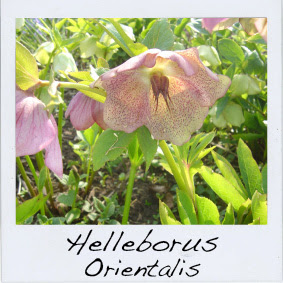Sheltering in a small clearing of woodland, within the grounds of Cannizaro House is this young tree that bursts with potential.
The golden leaf form of Fastigiate Beech is an architectural beauty, and worthy winner of the Award of Garden merit in 2002. This large native tree is both hardy and tolerant, but it is it's striking colour and form, that sets it apart from your average woodland. The cultivar 'Dawyck Gold', is a small, upright, deciduous tree whose young leaves are bright, acid yellow, turning gradually to green in summer, before reverting to yellow in autumn. This tree's flame shaped habit works well against it's dark background of mature trees, to punctuate this wooded backdrop. With a mature height of 20 metres, this tree isn't for everyone. But in this position it perfectly transforms the relaxed woodland into something more befitting of this grand house. I feel the Wilsons, who owned the house until the late 1940s, and carried out a series of improvements in the gardens with the planting of new trees, would approve of this recent addition.










